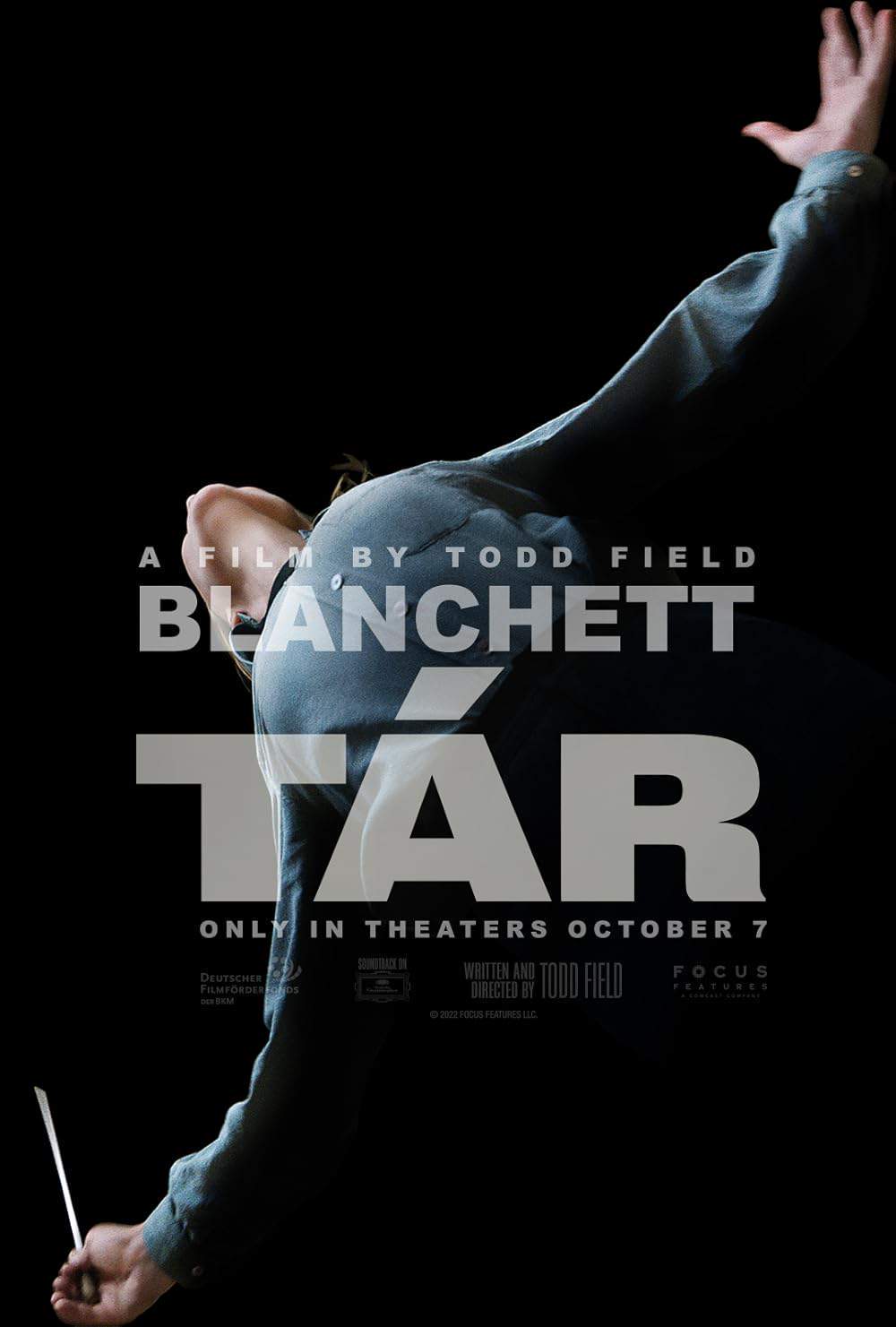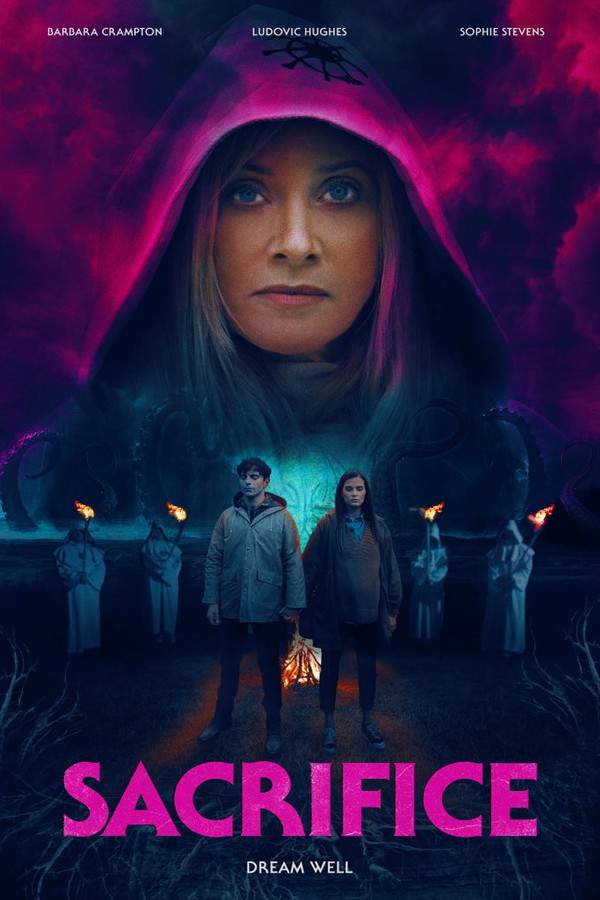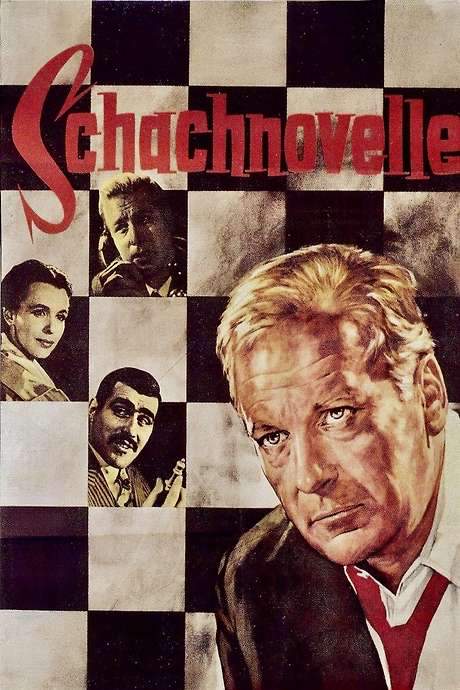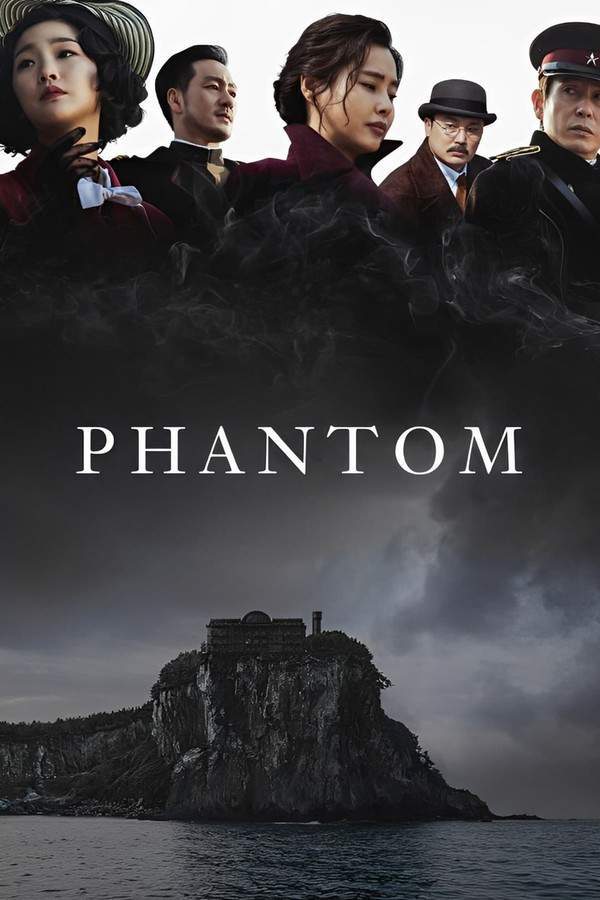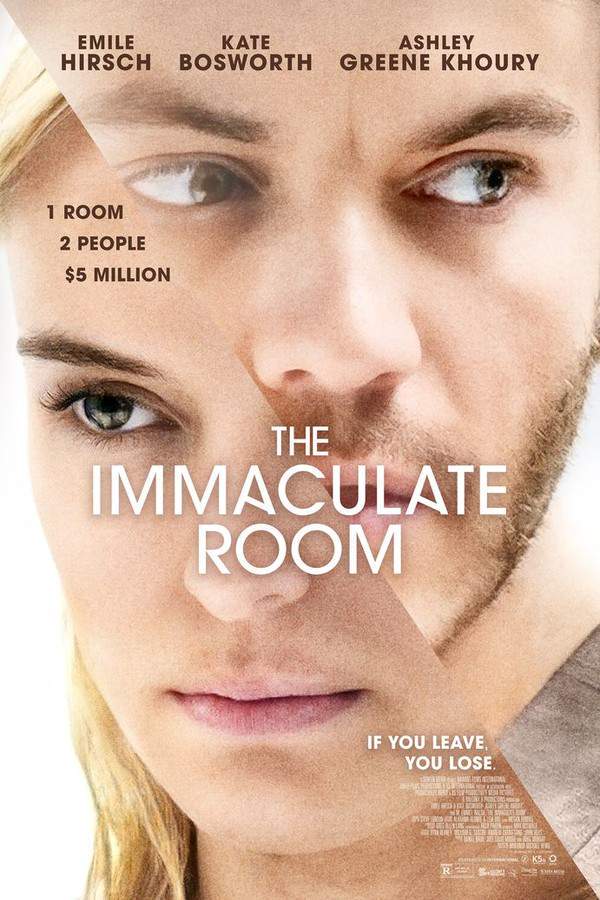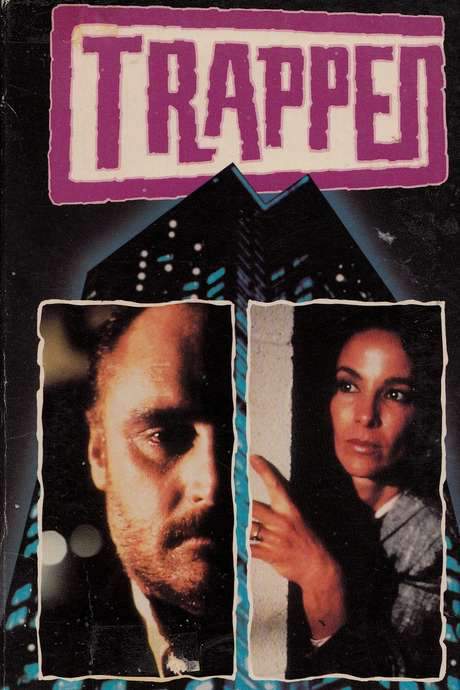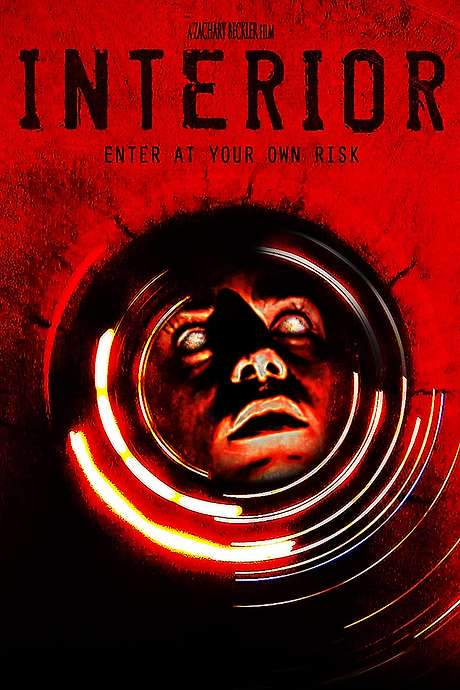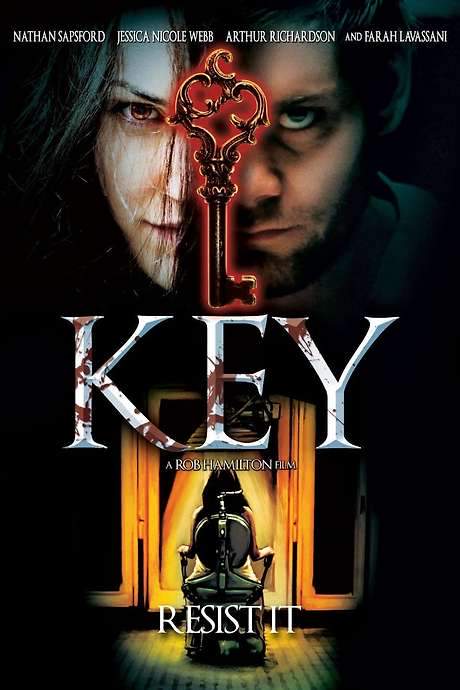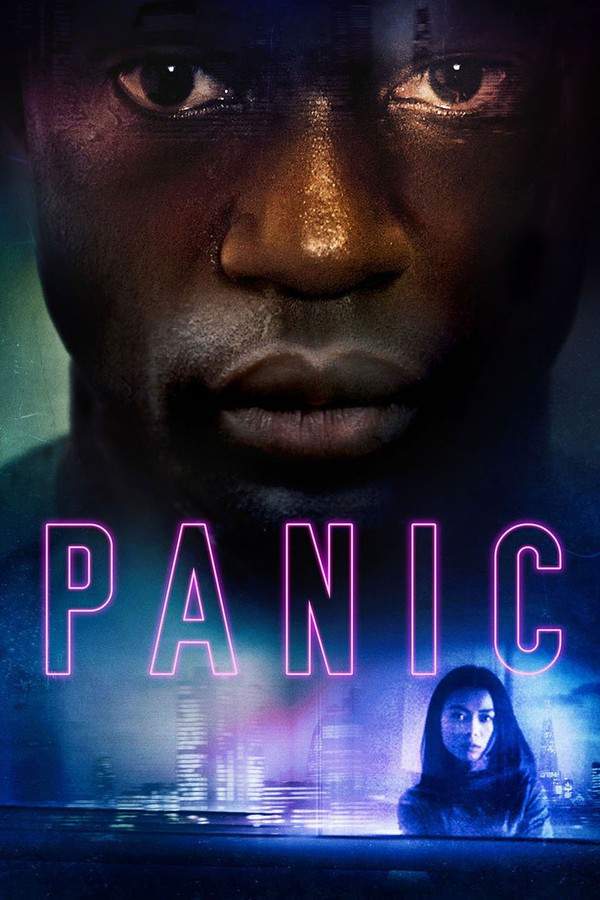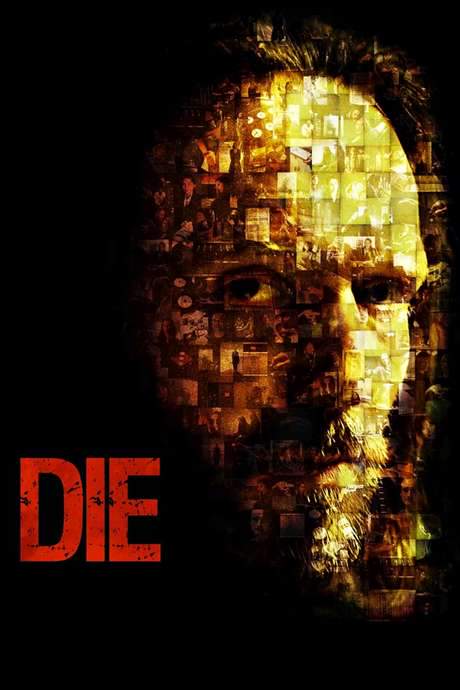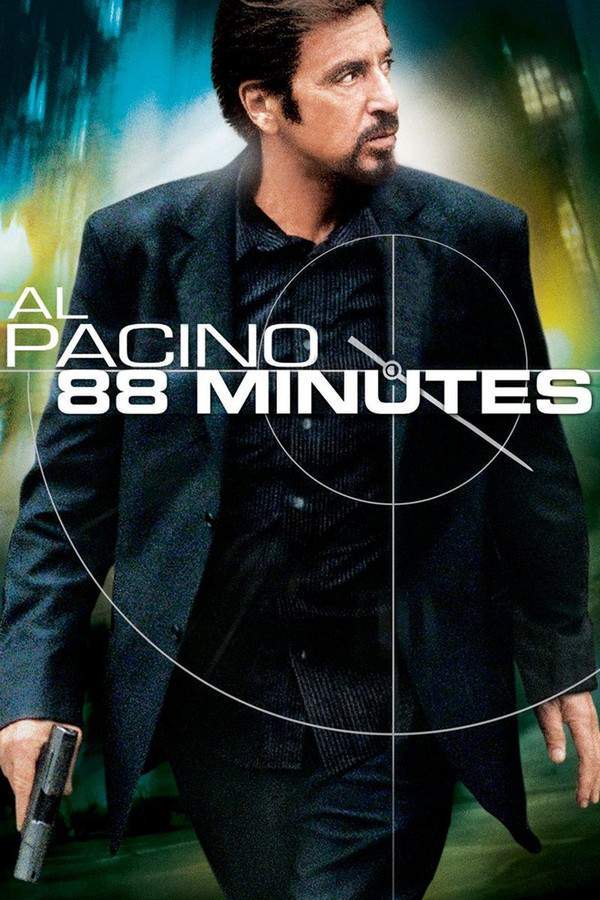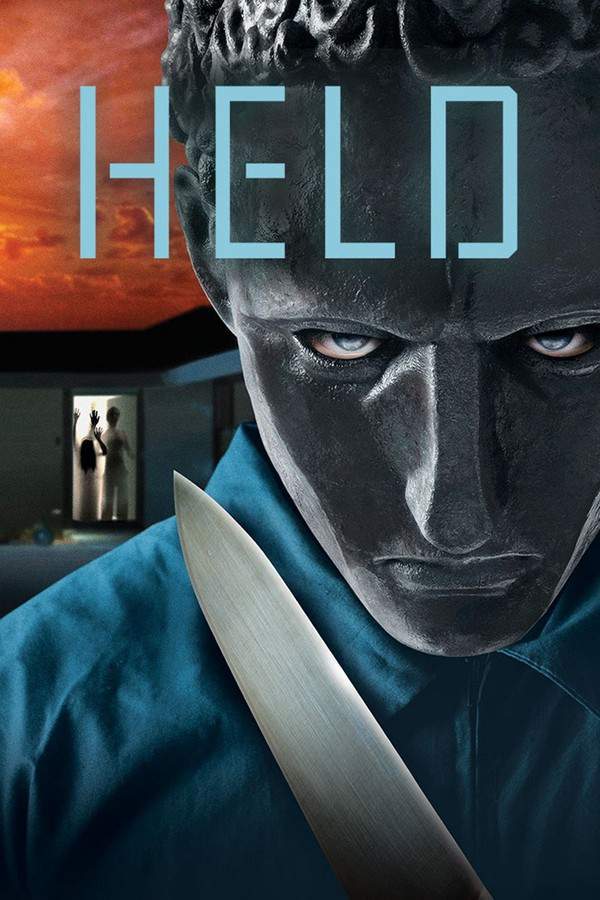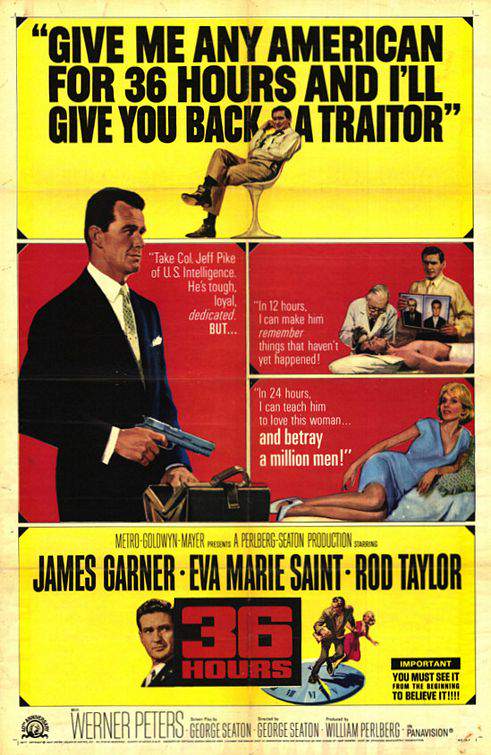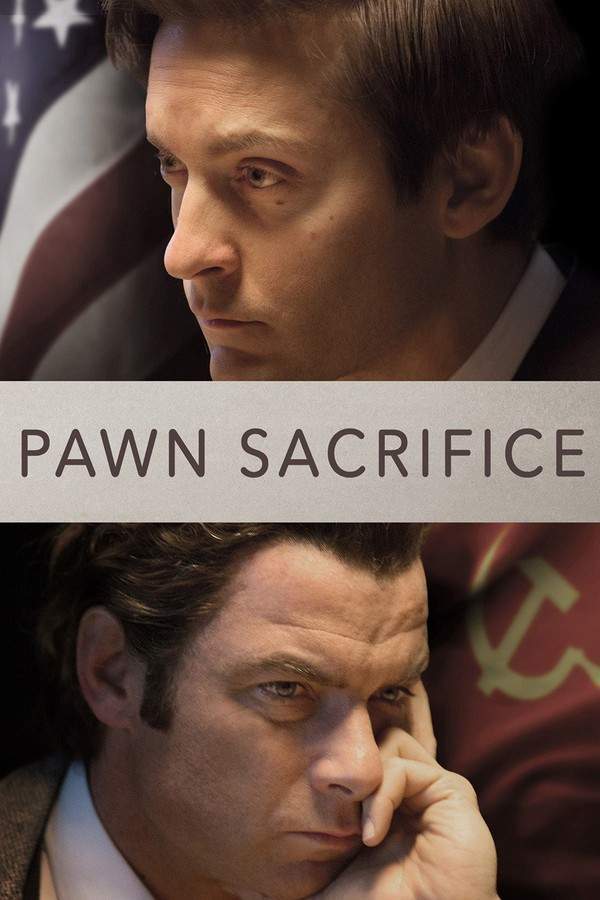
Pawn Sacrifice
Year: 2015
Runtime: 115 min
Language: English
Director: Edward Zwick
During the height of the Cold War, American chess prodigy Bobby Fischer, portrayed by Tobey Maguire, takes on Soviet Grandmaster Boris Spassky, played by Liev Schreiber, in the 1972 World Chess Championship. This gripping drama explores the intense rivalry and psychological pressures faced by both players as their iconic match becomes a proxy battle between the United States and the Soviet Union, captivating audiences worldwide. The film delves into Fischer's complex personality and the extraordinary circumstances surrounding this pivotal moment in sporting history.
Warning: spoilers below!
Haven’t seen Pawn Sacrifice yet? This summary contains major spoilers. Bookmark the page, watch the movie, and come back for the full breakdown. If you're ready, scroll on and relive the story!
Pawn Sacrifice (2015) – Full Plot Summary & Ending Explained
Read the complete plot breakdown of Pawn Sacrifice (2015), including all key story events, major twists, and the ending explained in detail. Discover what really happened—and what it all means.
As the year 1972 unfolds, Bobby Fischer’s hotel room stands in disarray, mirroring his profound paranoia as he becomes increasingly convinced that the Soviet KGB is tracking his every move. Decades prior, in the harsh streets of Brooklyn, young Bobby received stern warnings from his mother, a Soviet Jewish immigrant with Marxist beliefs, about the FBI’s watchful eye, teaching him essential strategies to deal with any potential encounters with law enforcement.
Emerging from this chaotic upbringing, Fischer developed an intense obsession with chess that propelled him to expertise. Despite his mother’s fears that his fixation was consuming him, she introduced him to an adult chess club, where he managed to impress a resident grandmaster, ultimately earning a spot as a student. Bobby swiftly made his mark on the chess world by breaking records, claiming the title of the youngest grandmaster in history.
Despite his brilliance, Fischer’s singular focus often resulted in outbursts, spurred by his aversion to distractions. Upon participating in a team tournament in Varna, Bulgaria, he realized that Soviet grandmasters were strategically drawing games with backing from the World Chess Federation. Fueled by rage, Fischer withdrew from the tournament, vowing never to play chess again.
Returning to the United States, Fischer found an ally in Paul Marshall, a lawyer willing to provide pro bono assistance to adjust tournament regulations, aiming to offer Bobby a fair chance in future competitions. Encouraged by Marshall, Fischer re-entered the chess arena, choosing Father William Lombardy—a former World Junior Chess Champion and Roman Catholic priest—as his second. Although Lombardy faced challenges in managing Bobby’s flamboyant behavior and unreasonable demands, he ultimately accepted the role.
As Fischer’s expertise continued to elevate, he outplayed the leading grandmasters, earning admiration and transforming into a national hero during the height of the Cold War. The Soviet Union’s stronghold over the World Chess Championship was being manipulated for propaganda, boasting Communist superiority over American democracy. Figures like U.S. President Richard Nixon and Secretary of State Henry Kissinger closely observed Fischer’s journey, hoping for a pronounced success.
In a shocking turn of events, Fischer suffered a loss to world champion Boris Spassky during a tournament in Santa Monica, California. Shortly after, an infuriated Bobby confronted Spassky on the beach, unleashing a stream of fury and frustration. Father Lombardy later confided in Marshall, sharing concerns about how intensely focusing on chess strategy adversely affected iconic players, including the troubled Fischer.
As Bobby’s drive for the world title intensifies, the relentless pressure begins to disassemble his mental state, leading him down paths of paranoia and delusion. His sister Joan (not portrayed by a specific actor) notes, while quoting from Bobby’s own letters, his growing belief that Communists conspired with International Jewry against him—a delusion particularly ironic given his Jewish background. Concerned for her brother’s well-being, Joan urges Marshall to secure psychiatric intervention, but he remains doubtful as Bobby’s mental condition worsens.
As the chess community gathers in Reykjavík, Iceland, for the monumental 1972 World Chess Championship match between Bobby and Spassky, the atmosphere is charged with tension. Bobby struggles to maintain his focus, disrupted by countless minor distractions: the sounds of cameras, rustling spectators, and the feel of the chessboard. His unpredictable actions culminate in a shocking no-show for game two, inciting Spassky’s ire.
Yet, Bobby’s unconventional tactics shine in game three, where he adopts an unusual strategy leading to victory. Game four concludes in a draw, but momentum shifts in game five when Bobby triumphs, stirring even the typically composed Spassky to exhibit signs of paranoia. As the anticipation builds over the next game, Bobby stuns everyone in game six by utilizing a never-before-seen opening move, leaving Spassky in disbelief and ultimately prompting his resignation, inciting a thunderous ovation for Fischer’s resounding success.
In the aftermath, it is revealed that Bobby secured the championship, with his sixth game against Spassky celebrated as the greatest chess match to ever occur. Unfortunately, Bobby’s mental turmoil continued to escalate, culminating in his forfeiture of the title, leading him to live a life as a fugitive from U.S. legal actions until his passing in 2008.
Last Updated: November 22, 2024 at 15:27
Explore Movie Threads
Discover curated groups of movies connected by mood, themes, and story style. Browse collections built around emotion, atmosphere, and narrative focus to easily find films that match what you feel like watching right now.
Movies about the torment of genius like Pawn Sacrifice
Stories exploring the immense psychological cost of extraordinary talent.If you were fascinated by Bobby Fischer's story in Pawn Sacrifice, explore these movies about genius under pressure. This collection features similar biographical dramas and intense character studies where extraordinary talent comes at a devastating personal cost, focusing on psychological unraveling and the heavy burden of brilliance.
Narrative Summary
These narratives typically follow a linear biographical or character-driven arc, charting the rise of an individual with exceptional skill. The central conflict is internal, as the protagonist's mind, plagued by paranoia, obsession, or mental illness, becomes the primary antagonist. The story builds steadily towards a significant achievement, but the victory is overshadowed by the clear onset of a profound personal decline.
Why These Movies?
Movies are grouped here because they share a heavy emotional weight and a bittersweet or bleak ending tone. They are united by their intense focus on the psychological distress accompanying genius, often set against high-stakes backdrops that amplify the pressure. The pacing is typically steady, allowing for a deep, anxious dive into the character's deteriorating mental state.
Movies with psychological pressure like Pawn Sacrifice
Films where intense focus and pressure create a suffocating atmosphere.For viewers who appreciated the claustrophobic tension of Pawn Sacrifice, this list highlights films with a similar high-stakes psychological atmosphere. Discover movies where the primary conflict is a battle of wits and wills, creating a gripping, anxious, and paranoid mood through steady pacing and intense focus on internal struggle.
Narrative Summary
In these stories, the plot is secondary to the atmosphere. The narrative unfolds in a steady, methodical pace, building unease as characters are consumed by their situation. The world often feels small and constrained, mirroring the characters' mental states. The focus is on the slow, agonizing build-up of tension as individuals confront an opponent, a system, or their own minds under extreme duress.
Why These Movies?
These films are connected by their dominant tense tone and high intensity, despite often having a steady pacing. They share key mood tags like claustrophobic, anxious, and paranoid. The experience is defined by a gripping, heavy feel where the viewer is placed directly into the stressful headspace of the protagonist.
Unlock the Full Story of Pawn Sacrifice
Don't stop at just watching — explore Pawn Sacrifice in full detail. From the complete plot summary and scene-by-scene timeline to character breakdowns, thematic analysis, and a deep dive into the ending — every page helps you truly understand what Pawn Sacrifice is all about. Plus, discover what's next after the movie.
Pawn Sacrifice Timeline
Track the full timeline of Pawn Sacrifice with every major event arranged chronologically. Perfect for decoding non-linear storytelling, flashbacks, or parallel narratives with a clear scene-by-scene breakdown.

Characters, Settings & Themes in Pawn Sacrifice
Discover the characters, locations, and core themes that shape Pawn Sacrifice. Get insights into symbolic elements, setting significance, and deeper narrative meaning — ideal for thematic analysis and movie breakdowns.

Pawn Sacrifice Spoiler-Free Summary
Get a quick, spoiler-free overview of Pawn Sacrifice that covers the main plot points and key details without revealing any major twists or spoilers. Perfect for those who want to know what to expect before diving in.

More About Pawn Sacrifice
Visit What's After the Movie to explore more about Pawn Sacrifice: box office results, cast and crew info, production details, post-credit scenes, and external links — all in one place for movie fans and researchers.




